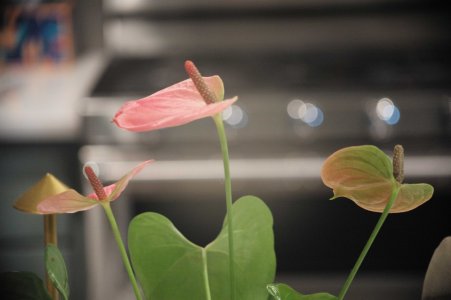john341
camera user
What is it with the 100mm FED 6.3 l3ns? I cannot get rangefinder alignment with this lens. I seems that the lens mount is too thick as the distance scale does not finish on the top of the camera but to the side. I have tried this lens on many ltm bodies and cannot get a match. Does anyone have any experience with this lens??










